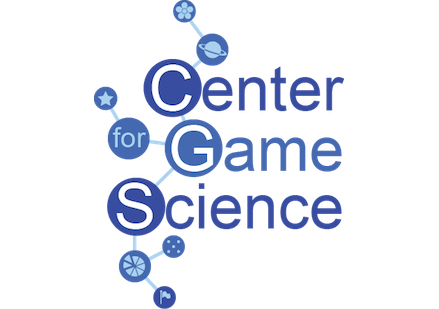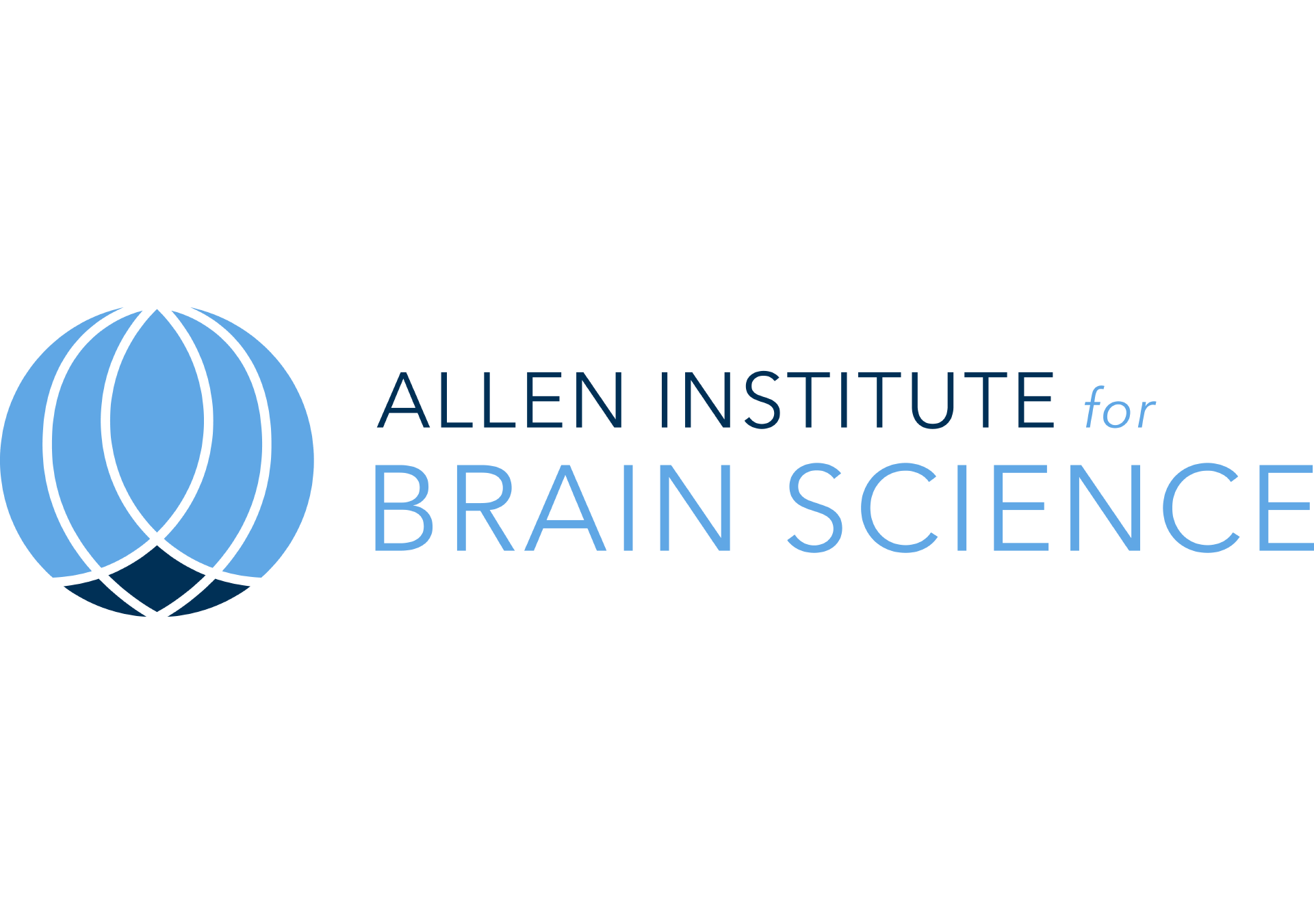How do you play Mozak?
Have a look at our Help Page for the game manual and helpful tips.
How is Mozak connected to science?
Interested in the science behind Mozak? Check out our Science Page to learn more about neuroscience and how your play can contribute!
Who are we?

The Center for Game Science is aresearch lab at the University of Washington that focuses on solving hard problems that face humanity today but doing so in a game-based environment. Our focus is on scientific discovery games; games that discover optimal learning pathways for STEM education, cognitive skill training games, games that promote human creativity, and games that explore collective over individual intelligence.

The mission at the AllenInstitute for Brain Science is to accelerate the understanding of how the human brain works in health and disease. Using a big science approach, we generate useful public resources, drive technological and analytical advances, and discover fundamental brain properties through integration of experiments, modeling and theory.
Principal Investigators: Zoran Popovic, Jane Roskams, Staci Sorensen
Original Game Design: Colin Bayer, Matthew Burns, Saira Mortier, Tim Pavlik, Zoran Popovic, Zuoming Shi
Neuroscience: Rachel Dalley, Nuno Maçarico da Costa, Jane Roskams, Hanchuan Peng, Staci Sorensen
Game and Website Development: Kristen Autumn Blackburn, Jeff Flatten, Saira Mortier, Zoran Popovic, Roy Szeto, Yanko Yankov
Art and Interface: Brian Britigan, Saira Mortier
Music: Will Bangs — You Make My Heart Sing So Loud…
Program Coordination & Community Management: Saira Mortier
Marketing and Publicity: Saira Mortier, Jennifer Pawlosky, Rob Piercy
Content Coordination: Rachel Dalley, Staci Sorensen
System Administration: Ric Gray
Special Thanks: UWIN, UW Game Dev Club, Eton School students, Gateway Middle School students, 21st Century After School Group students, Seth Cooper
Supported By: Allen Institute for Brain Science, National Science Foundation, UW Department of Computer Science and Engineering, National Institutes of Health
Previous Contributors: Matthew Burns, Jenny Vogel, Colin Bayer, Nova Barlow, Eric Brod, Julius Christenson, Yuqi Huang, Ed Paradis, Tim Pavlik, Zuoming Shi, Sydney Yin, Stephen McConoughey, Dukes Wooters
References
Our approach to storing, visualizing, and reconstructing large volumetric images is based on Vaa3D-TeraFly:
Peng, H., Ruan, Z., Long, F., Simpson, J.H., and Myers, E.W. (2010) "V3D enables real-time 3D visualization and quantitative analysis of large-scale biological image data sets," Nature Biotechnology, Vol. 28, No. 4, pp.348-353. (doi: 10.1038/nbt.1612)
Peng, H., Bria, A., Zhou, Z., Iannello, G., and Long, F. (2014) "Extensible visualization and analysis for multidimensional images using Vaa3D," Nature Protocols, Vol. 9, No. 1, pp. 193-208. (doi: 10.1038/nprot.2014.011)
Peng, H., et al. (2014) "Virtual finger boosts three-dimensional imaging and microsurgery as well as terabyte volume image visualization and analysis," Nature Communications, Vol. 5, No. 5342. (doi: 10.1038/ncomms5342)
Bria, A., et al. (2016) "TeraFly: real-time 3D visualization and 3D annotation of terabytes of multidimensional volumetric images," Nature Methods, Vol. 13, pp. 192-194. (doi: 10.1038/nmeth.3767)
Our maximum-intensity projection shader uses the algorithm from Amanatides, J. and Woo, A. (1987) "A Fast Voxel Traversal Algorithm for Ray Tracing," in Eurographics '87, pp. 3-10. (CiteSeerX)



